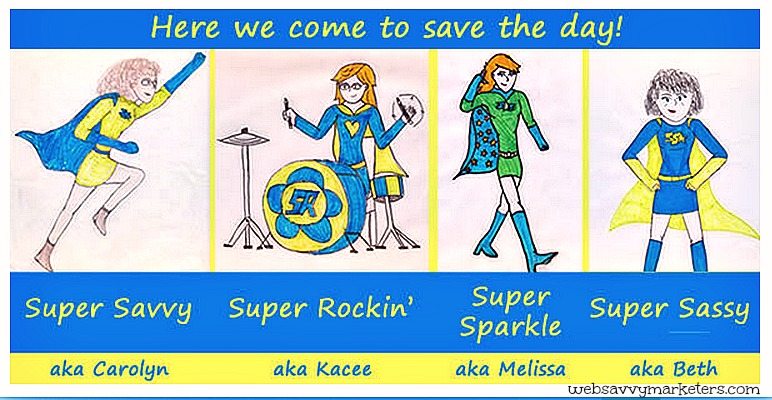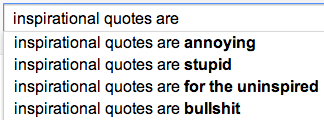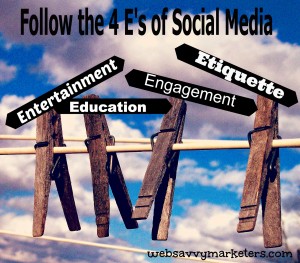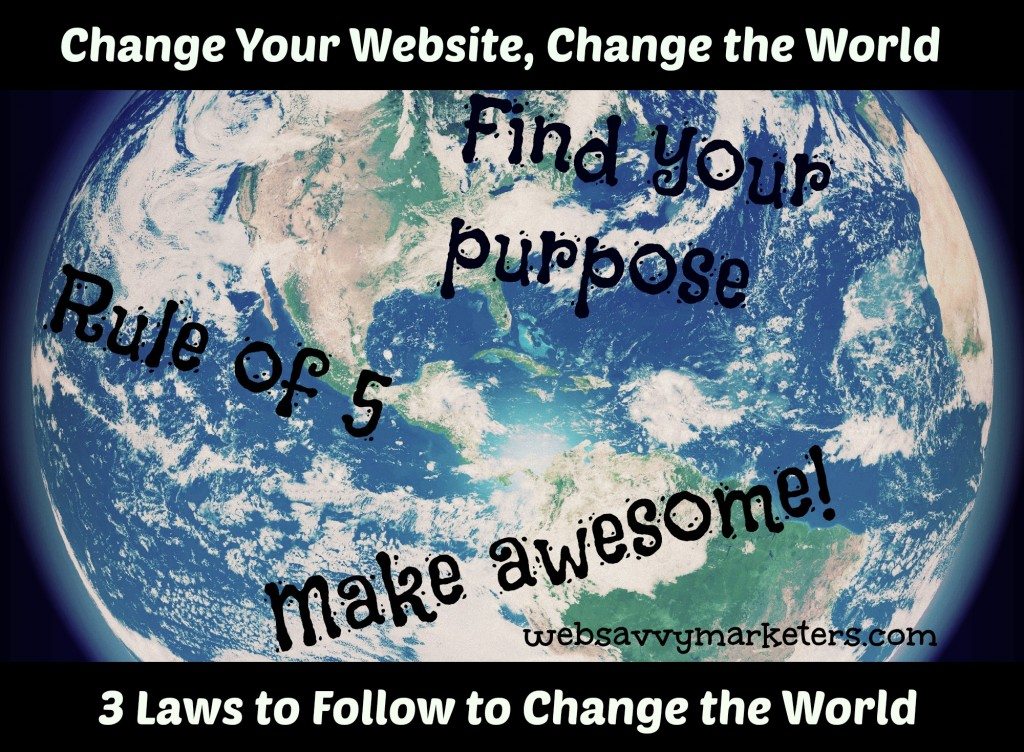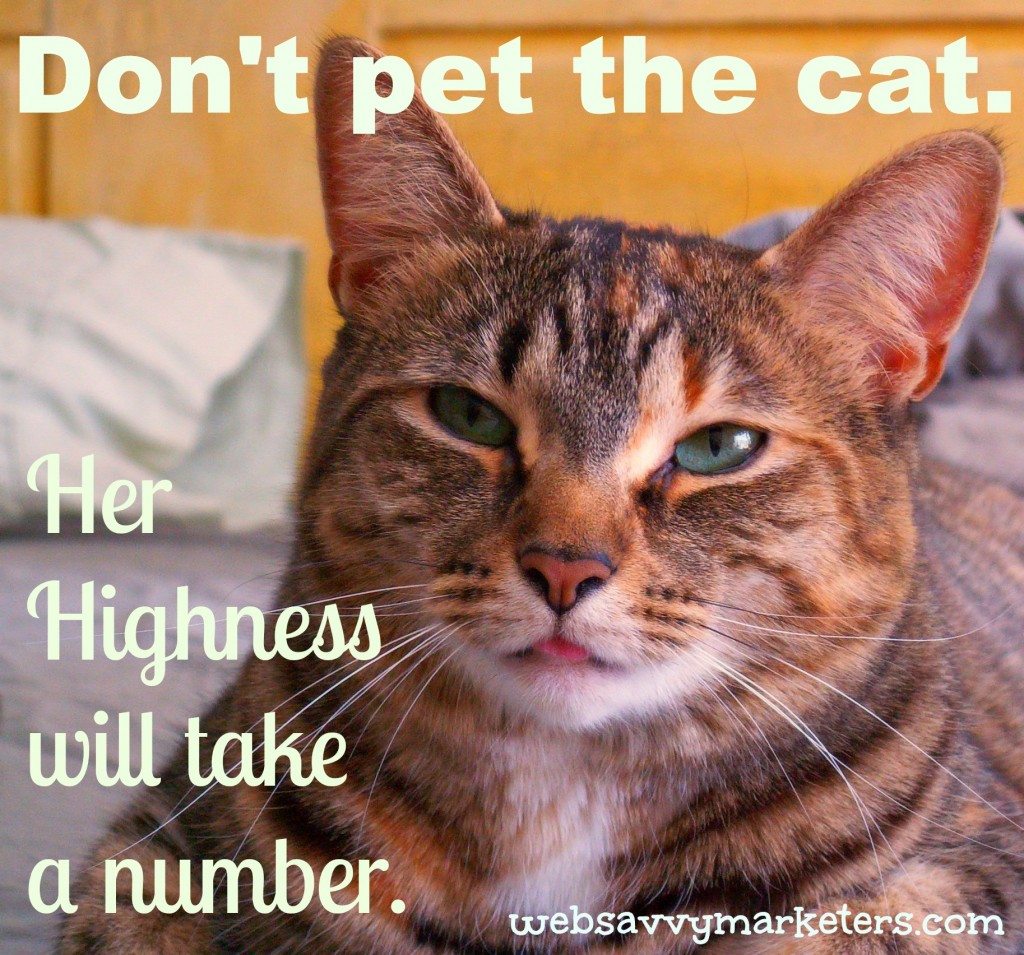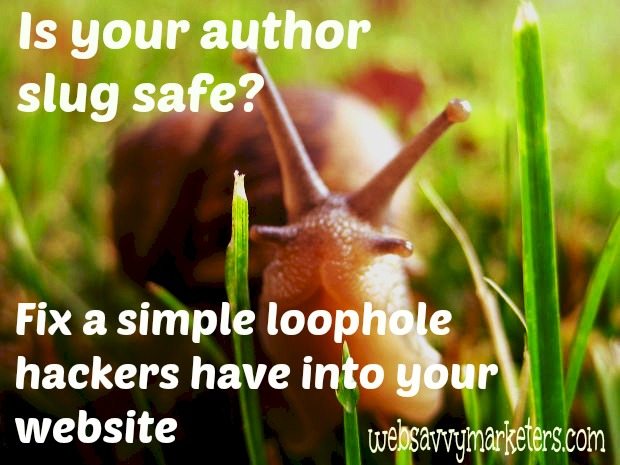 If you’re worried about being a social media wallflower, anxious that your online social skills come up short, then it’s time to get off the wall.
If you’re worried about being a social media wallflower, anxious that your online social skills come up short, then it’s time to get off the wall.
Learn how to step into the spotlight of social media storytelling and deadhead your wallflower days forever.
The New World of Social Media Storytelling Wants You
You don’t have to be boring and unpopular. With storytelling and “emotional” sharing, you can unveil the soul and spirit of your business through social media.
The 5 Emotions That Get More Shares
There are five emotions that are most likely to motivate people to share:
1. Awe 2. Surprise 3. Amusement 4. Anxiety 5. AngerBecause positive emotions are more likely to be shared than negative, promoting awe, surprise, and amusement are safe bets in increasing social media shares and interaction. Using anxiety-producing or anger-inducing stories can also be effective when they are used to promote social togetherness.
Like telling a story, sharing to promote social community allows people to feel connected to others and to something outside themselves.
The more emotion your story inspires, the more likely people will notice you and let others in on your story.
Social Media is a Giant Graffiti Wall
Look at social media as one giant wall of graffiti. The best graffiti will be the ones that stir the most emotions and cause us to feel the most united in a common cause.
This is also part of what’s known at the “herd mentality.” When it’s obvious others are actively engaged in sharing something, others will follow suit. Let’s face it, our digital-age society relies on the collective opinions of others to make decisions.
The More They “Like” You, the More You Will be Liked
“Is something popular because it is actually good, or is it popular just because it is popular?” The mass-approval syndrome was measured in a study on a news website to investigate how positive votes or likes influenced the overall rating of a social share.
It turns out that by earning a positive vote initially, more positive votes would follow. A negative vote didn’t make a difference. If anything, an initial negative vote would prompt follow-up positive votes and end up measuring the same as the control group.
So marketing a message will be more successful if you can lead the pack with a positive vote by someone.
Leading the Pack With a Good Story
Telling your story and getting others to like and re-share not only involves sparking an emotional reaction. It also means communicating a message with traditional storytelling features.
Who’s the hero of the story? What is the plot? The setting? And don’t forget the inevitable and necessary story conflict. Apple computer’s “1984” video tells a story steeped in conflict, brazenly marketing its original thinking.
Who’s leading the pack in this story? Don’t be afraid of introducing conflict into your storyline to inspire emotion and social communion. Get off the wall and get noticed. Dig into your archives, your creative reserves, and your inner bard. There’s a story in there somewhere.
